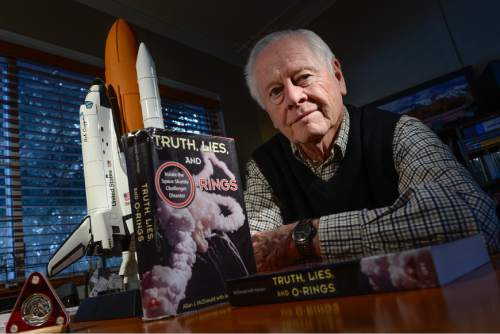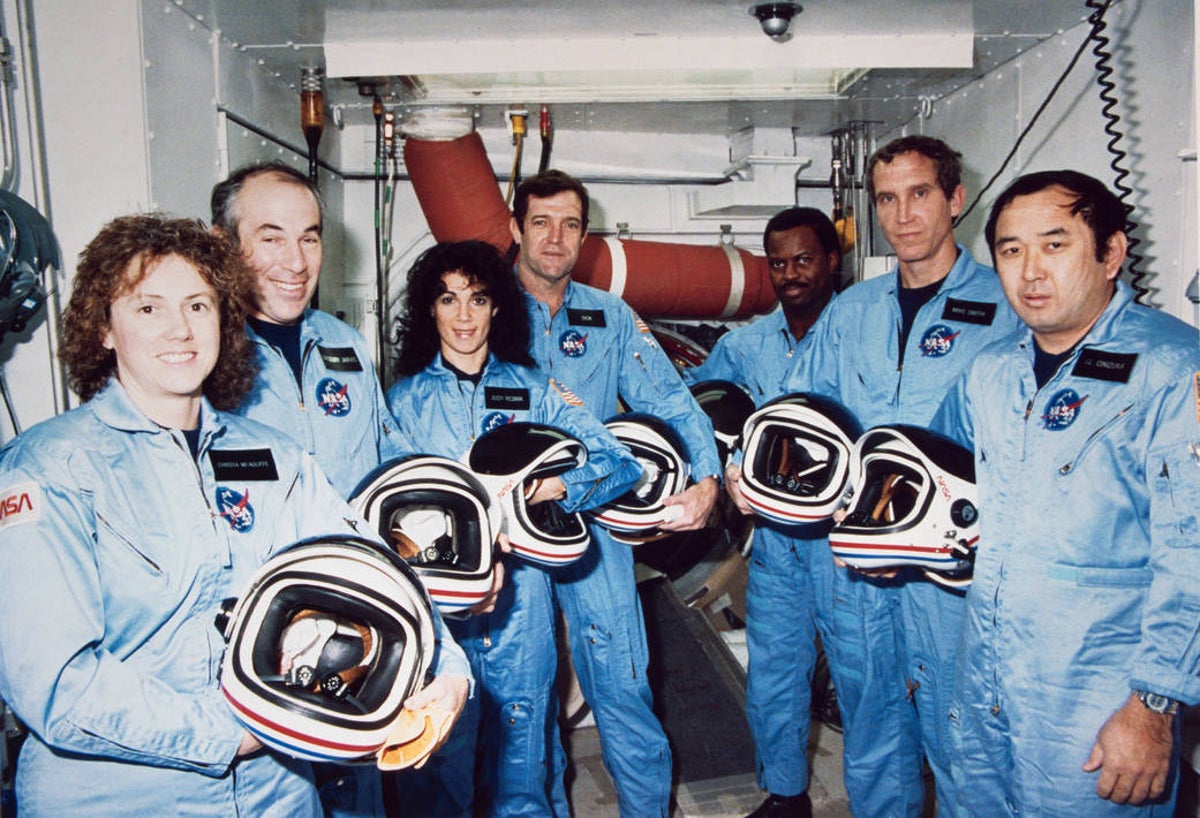For nearly 40 years, the Challenger disaster has been remembered as a tragic accident — a moment of national heartbreak broadcast live to millions. But new scrutiny and resurfaced documents paint a far darker picture… one that suggests NASA may have fought desperately to control the narrative from the very first seconds after the explosion.
What if the world never heard the whole truth?
What if the disaster was not just a technical failure…
…but the catastrophic result of ignored warnings, silenced engineers, and decisions driven by pressure instead of safety?
And what if NASA knew more — much more — about what happened to the crew than they ever let on?
Let’s dive into the chilling reality.
💥 THE DISASTER THE WORLD WASN’T PREPARED FOR
January 28, 1986.
Seven astronauts.
A historic mission.
A teacher heading to space for the very first time.
Millions of children watched from classrooms across America as Challenger rose into the sky — and then, just 73 seconds later, it vanished in a massive fireball. The broadcast froze the country in disbelief. Within minutes, NASA delivered its first statement, calling the explosion “unexpected” and “inexplicable.”
But behind closed doors?
Engineers had been warning NASA for months.
Warnings that were pushed aside.
Warnings that some say were buried.
 💥 THE NIGHT BEFORE THE LAUNCH — A WARNING IGNORED
💥 THE NIGHT BEFORE THE LAUNCH — A WARNING IGNORED
On the eve of the launch, Morton Thiokol engineers begged NASA to halt the mission.
The temperatures were dangerously low.
The O-rings — the rubber seals critical to the booster rockets — could stiffen and fail in the cold.
They pleaded: “Do NOT launch.”
What happened next is now infamous.
NASA managers — under political pressure, PR expectations, and a mounting schedule — overrode the engineers. Morton Thiokol’s executives reversed their own technical team’s recommendation.
A decision made in a conference room…
sealed the fate of seven astronauts.
 💥 NASA’S EARLY STATEMENTS: HALF-TRUTHS AND SILENCE
💥 NASA’S EARLY STATEMENTS: HALF-TRUTHS AND SILENCE
In the hours after the explosion, NASA insisted it had no prior concerns.
No warnings.
No red flags.
That was not true.
Internal memos later exposed that NASA knew the O-rings had been failing in previous missions. Engineers were terrified of a disaster. Some had even put their concerns in writing.
But in the immediate chaos, NASA’s public tone was carefully controlled — leading many to believe the agency was shaping the story long before investigators arrived.
Was it a cover-up?
Or a desperate attempt to maintain public trust?
 💥 THE ROGERS COMMISSION BLOWS THE LID OPEN
💥 THE ROGERS COMMISSION BLOWS THE LID OPEN
President Reagan’s investigative panel — the Rogers Commission — pulled no punches.
🔹 The O-ring failure caused the explosion.
🔹 NASA’s management culture was broken.
🔹 Safety was compromised for schedule.
🔹 Engineers’ warnings were ignored — and overridden.
To many, these findings confirmed what NASA’s early statements tried to soften:
This wasn’t a mysterious accident.
It was a preventable tragedy.
💥 THE MOST HAUNTING QUESTION: WHAT HAPPENED TO THE CREW?
Here is where the story gets even darker.
NASA initially implied the crew died instantly.
But investigators found evidence that the cabin remained intact for seconds — even up to three minutes — after the explosion.
Some switches were activated.
Some emergency gear was deployed.
Some crew members may have been conscious… and aware.
NASA downplayed this for years, sparking intense debate about whether the agency withheld this detail to protect the public — or themselves.
Even today, many experts believe the crew endured a terrifying, helpless descent into the Atlantic.
 💥 A LEGACY WRITTEN IN WARNING AND LOSS
💥 A LEGACY WRITTEN IN WARNING AND LOSS
The Challenger wasn’t just a tragedy — it was a revolutionary wake-up call.
NASA was forced to overhaul everything:
Safety protocols.
Communication channels.
Decision-making structures.
The price of those reforms?
Seven lives that should never have been lost.
💥 THE QUESTION THAT STILL HAUNTS AMERICA
Did NASA try to conceal the truth?
Or was the truth simply too devastating to reveal at the time?
After decades of analysis, one fact remains unshakable:
👉 The Challenger disaster wasn’t fate.
👉 It wasn’t unavoidable.
👉 It happened because people were ignored — and seven heroes paid the ultimate price.
Their story is not just history.
It’s a warning that must never be forgotten.





